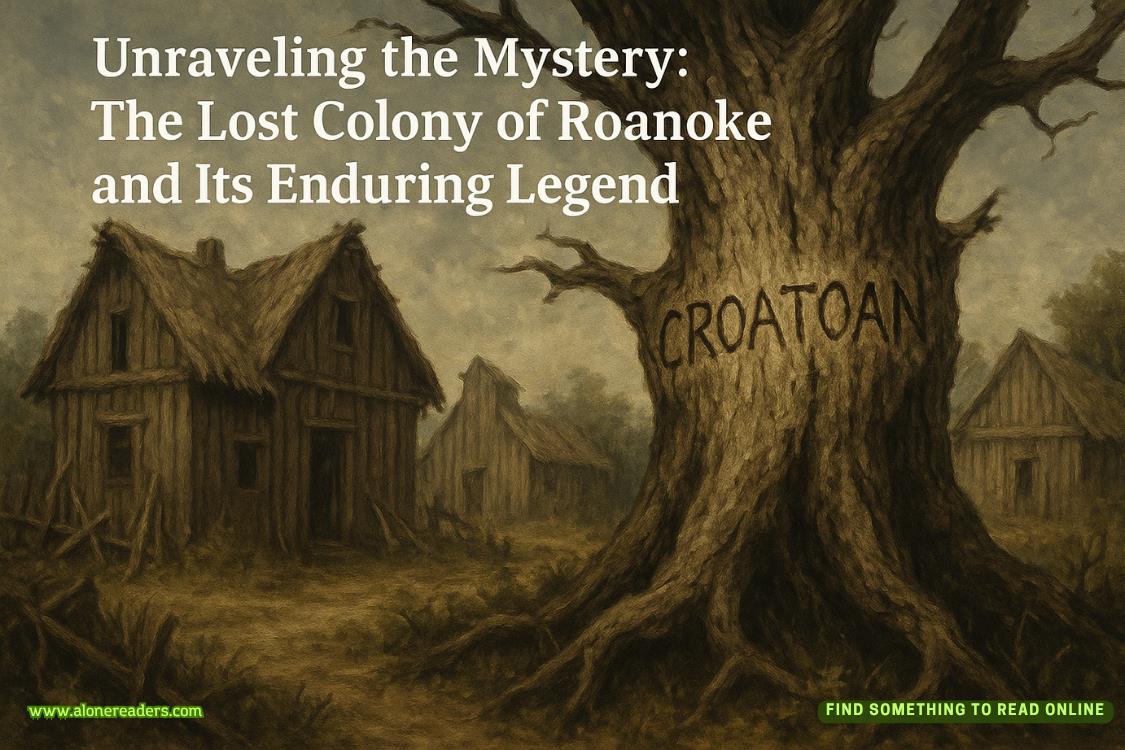"Today we're focusing on perspective," Mr. Ramirez continued, writing the word on the whiteboard in his messy scrawl. "The same subject can tell completely different stories depending on how you frame it, what angle you shoot from, what you choose to include or exclude from the frame."
He demonstrated with a simple water bottle, showing how shooting from below made it look towering and significant, while shooting from above made it look small and vulnerable.
"Your assignment this afternoon is to find one subject and photograph it from at least five different perspectives. Really challenge yourselves to see in new ways."
We filed out of the classroom and into the school courtyard, cameras in hand. Most of my classmates immediately clustered around the fountain or headed for the sports fields, but I found myself drawn to a massive oak tree at the edge of the property.
Its gnarled trunk and sprawling branches had probably witnessed decades of students passing beneath it—thousands of stories it couldn't tell. I circled it slowly, considering angles, perspectives.
My first shot was straightforward: the full tree, centered in the frame. Safe. Expected.
For my second, I lay on my back, pointing the camera up through the branches to where patches of sky peeked through like blue stained glass. The trunk became a highway leading the eye upward, the branches a complex network spreading outward.
My third shot focused on a small hollow where the trunk split into two major branches. From the right angle, it looked almost like a shelter, a hiding place. I wondered if other students had ever tucked notes or treasures into that hollow.
For my fourth, I zoomed in on the texture of the bark, thedeep grooves and ridges telling the story of years of growth, of surviving storms and droughts and who knew what else.
My final shot was of a single leaf that had fallen onto the exposed root system: green against brown, new life resting on old foundation.
As I reviewed the images on the camera's small screen, I felt a strange tightness in my chest. These weren't just pictures of a tree. They were... perspectives. Stories. Feelings.
"Finding inspiration?"
I jumped, nearly dropping the camera. Mr. Ramirez had approached silently, his own ancient Canon hanging around his neck.
"Sorry," I mumbled, embarrassed to be caught so absorbed. "Just experimenting."
He nodded, glancing at the oak tree. "Good subject choice. Complex. Rooted."
He chuckled and I wasn't sure if he was still talking about the tree.
"May I?" he asked, gesturing to my camera. I handed it over reluctantly, suddenly self-conscious about my amateur attempts.
He scrolled through my shots slowly, his expression unreadable behind his thick glasses. After what felt like an eternity, he looked up.
"You have an eye," he said simply, returning the camera.
"An... eye?"
"For composition. For finding the story in the ordinary." He gestured to the tree. "Most people would take one or two shots and move on to something more obviously interesting. You found five completely different perspectives on the same subject."
I felt my cheeks warm at the unexpected praise. "Thanks."
"The technical stuff—exposure, focus, all that—that can be taught," he continued. "But seeing the way you do? That'sinnate." He tapped the side of his head. "You notice things. Details. Feelings. That's what makes a photographer."
Before I could respond, he was already walking away, moving on to check on other students. I stood there for a moment, his words echoing in my mind.
You notice things.
It was true. I'd always been observant. I had to be, growing up with Mom. I'd learned to read the subtle signs that indicated her mood, her sobriety level, her likelihood of keeping promises. I'd become attuned to the smallest shifts in atmosphere, the quietest warnings of approaching storms.
I'd always thought of it as a survival skill. Something born of necessity, not talent.
But maybe... maybe it could be both?
I raised the camera again, this time pointing it toward the school building where students moved behind windows like fish in an aquarium. Each frame captured a different moment—a teacher gesturing emphatically, a student bending down to get something from her bag, two others pointing at a notebook between them and gesturing wildly.
Stories within stories. Lives intersecting briefly in the viewfinder, then continuing on their separate paths.















